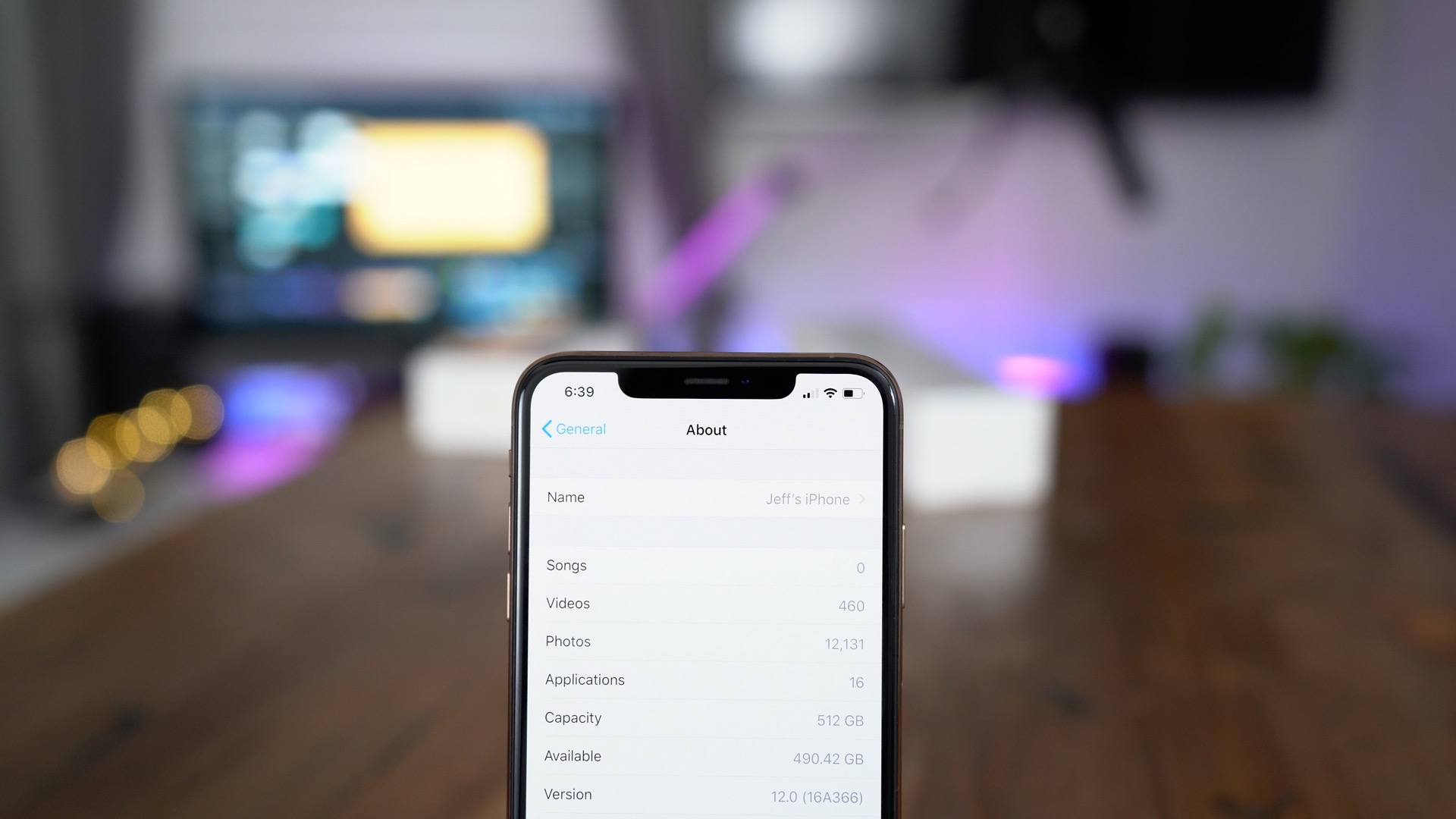
You might think that renting a storage unit would be fairly simple. All you have to do is make a monthly payment and put your belongings inside. It’s not always that easy as there are a few things that you want to make sure you do and a few things that you should avoid doing as you begin to take items to the unit.
As you begin your search for any storage units leneva offers, you need to look for one that is from a reputable company. The units offered by the company should be clean, and the owner of the company should be willing to answer any questions that you might have. Read reviews that are posted online, and talk to some of the people who have used the company in the past to see how they feel about the security and the operations of the facility.
Start looking for a unit as soon as you know that you’re going to need to store items. Find a unit that is large enough for all of the boxes, furniture, and other items that you have and that is an affordable price. Contact the owner of the facility to find out if there’s a deposit or a monthly insurance fee. You also need to find out if locks are provided or if you can provide your own lock for the unit. If needed, pay a deposit to secure the unit until you’re ready to use it for your personal belongings.
Make a list of the things that you plan to store. Write down serial numbers of valuable items and electronics. If something happens to the unit, you’re going to need this information to replace what you lose or to replace what’s been stolen depending on what happened. Label the boxes that are put in the unit with a basic description so that you have a general idea of what’s in them. This will make it easier to locate what you need when you begin getting items from the unit.
Avoid storing things that are extremely valuable unless you have nowhere else to keep them. Most of the time, there won’t be an issue with the unit. However, you never know if there will be a fire or if the units will get flooded. Items that you think that you might need sooner than others should be put at the front of the unit. Larger items, such as furniture, should be put at the back of the unit because you likely won’t need them until you remove everything. Don’t put everything on the floor. Stack a few boxes so that there’s more room to walk around inside the unit. Wrap items that could break before you pack them. Try to use plastic containers when possible instead of using cardboard boxes as they can become easily damaged. If the facility doesn’t offer insurance, ask if you can purchase your own policy so that your cherished belongings are protected no matter what happens to the unit.






